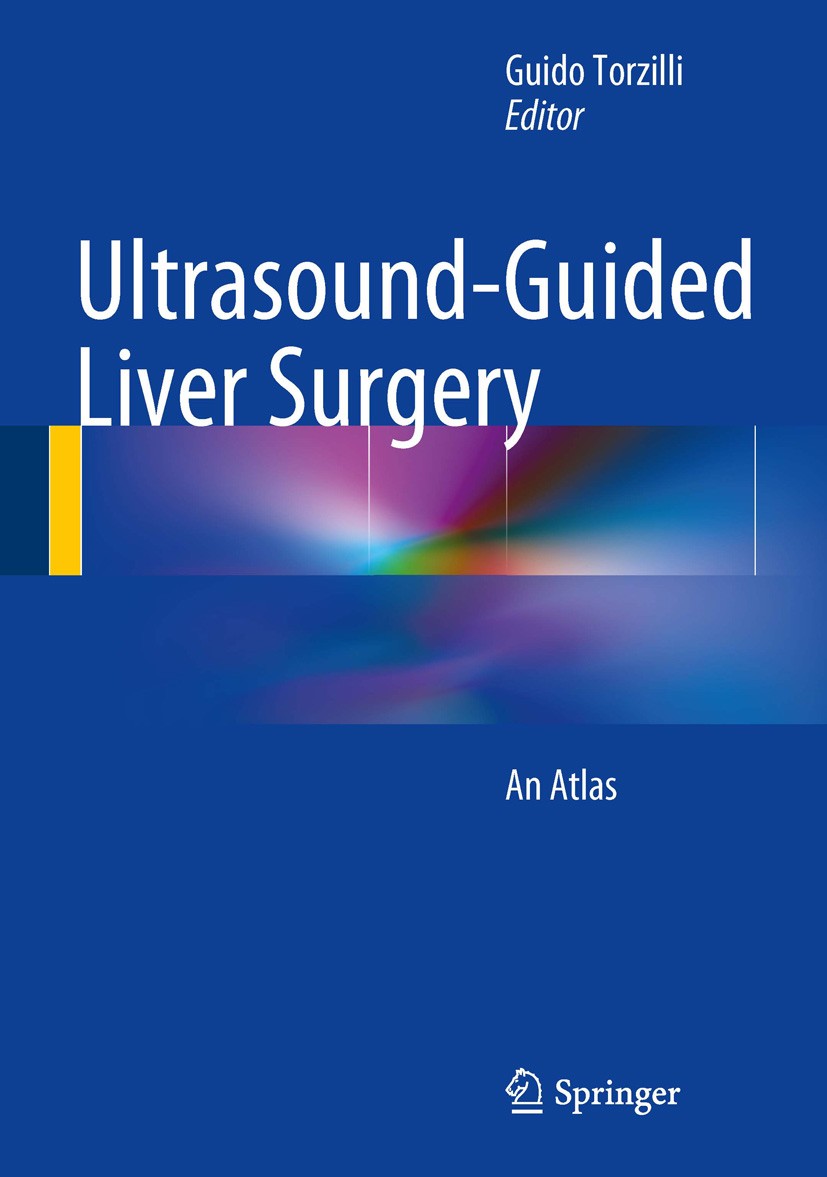| 书目名称 | Ultrasound-Guided Liver Surgery |
| 副标题 | An Atlas |
| 编辑 | Guido Torzilli |
| 视频video | http://file.papertrans.cn/941/940645/940645.mp4 |
| 概述 | Comprehensive atlas providing up-to-date information and guidance on the role of ultrasound in liver surgery.Explains the many benefits and applications of ultrasound.Covers new techniques and the use |
| 图书封面 |  |
| 描述 | .Ultrasound guidance of liver surgery is a very sophisticated approach that permits the performance of otherwise unfeasible operations, discloses the true extent of tumors, increases the indications for hepatectomy, and renders surgery safer. Despite this, it has remained relatively neglected in the literature over the past two decades, during which time much progress has been achieved. .This is the first atlas on the subject, and it is comprehensive in scope. The state of the art in the use of ultrasound for resection guidance is carefully documented, and new techniques for exploration of the biliary tract and facilitation of transplant surgery are presented. Further important topics include the role of ultrasound in laparoscopic approaches, the use of contrast agents for diagnosis and staging, and developments in the planning of surgical strategy. The editor is a leading authority whose group has been responsible for a variety of advances in the field. He has brought togetherother experts whose aim throughout is to provide clear information and guidance on the optimal use of ultrasound when performing liver surgery. This atlas is intended especially for hepatobiliary surgeons but |
| 出版日期 | Book 2014 |
| 关键词 | Biliary tumors; Hepatocellular carcinoma; Liver metastasis; Liver surgery; Ultrasound; abdominal surgery; |
| 版次 | 1 |
| doi | https://doi.org/10.1007/978-88-470-5510-0 |
| isbn_softcover | 978-88-470-5832-3 |
| isbn_ebook | 978-88-470-5510-0 |
| copyright | Springer-Verlag Italia 2014 |
 |Archiver|手机版|小黑屋|
派博传思国际
( 京公网安备110108008328)
GMT+8, 2025-12-16 07:58
|Archiver|手机版|小黑屋|
派博传思国际
( 京公网安备110108008328)
GMT+8, 2025-12-16 07:58


